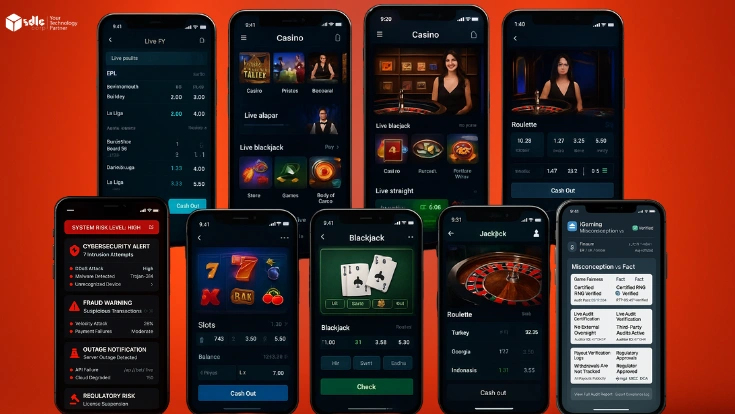The battle between Bitcoin and Ethereum in the NFT space is intensifying, especially with the emergence of Ordinals Protocol on Bitcoin. While Ethereum has long dominated NFT gaming, Bitcoin’s recent advancements present a new frontier for developers. In this blog, we’ll explore the key differences between Bitcoin and Ethereum NFTs, analyze how the Ordinals Protocol impacts the gaming industry, and help developers decide which blockchain to choose for their NFT Game Development projects.
Understanding NFTs on Bitcoin and Ethereum
Ethereum NFTs (ERC-721 & ERC-1155 Standards)
Ethereum’s ERC-721 and ERC-1155 standards have revolutionized NFT gaming by enabling:- Programmability: Smart contracts allow complex interactions within games.
- Interoperability: NFTs can be used across multiple platforms.
- Fast Trading & Liquidity: Platforms like OpenSea, Rarible, and LooksRare provide seamless NFT marketplaces.
Bitcoin NFTs and the Ordinals Protocol
Bitcoin was never originally designed for NFTs, but the Ordinals Protocol has enabled inscription-based NFTs by embedding digital artifacts directly into Bitcoin’s smallest unit – satoshis (sats). This method ensures:- Immutable Digital Ownership: NFTs are stored directly on the Bitcoin blockchain.
- Rarity & Scarcity: Bitcoin’s fixed supply adds value to these assets.
- Enhanced Security: Bitcoin’s proof-of-work consensus makes Ordinals more secure than most Ethereum NFTs.
Key Differences: Bitcoin vs Ethereum for NFTs
| Feature | Ethereum NFTs | Bitcoin NFTs (Ordinals) |
|---|---|---|
| Smart Contracts | Yes (ERC-721 & ERC-1155) | No (Requires external tooling) |
| Scalability | Layer 2 solutions (Polygon, Immutable X) | Limited scalability, high fees |
| Security | Secure, but dependent on Ethereum nodes | Ultra-secure due to Bitcoin’s PoW model |
| Marketplace Support | OpenSea, Rarible, Foundation | Limited support, still growing |
| Gaming Use Cases | Play-to-Earn, in-game assets, virtual economies | Best for static collectibles, not dynamic assets |
How the Ordinals Protocol Impacts NFT Game Development
The rise of Bitcoin Ordinals opens up new opportunities and challenges for gaming developers. Here’s how:Opportunities 🚀
- Permanent In-Game Assets – Unlike Ethereum NFTs stored off-chain, Bitcoin inscriptions remain on-chain forever.
- Scarcity-Driven Value – Due to Bitcoin’s fixed supply, Ordinals-based NFTs may become more valuable over time.
- New Collector Base – Bitcoin’s global adoption and reputation bring new players into NFT gaming.
Challenges ⚠️
- Lack of Smart Contracts – Without smart contracts, gaming automation and in-game interactions are limited.
- Scalability Issues – Bitcoin transactions take longer and cost more compared to Layer 2 Ethereum solutions.
- Limited Marketplace Support – Ethereum has a well-established ecosystem, while Bitcoin’s Ordinals are still growing.
Which Blockchain Should Gaming Developers Choose?
The choice between Ethereum and Bitcoin for NFTs depends on the type of game being developed:- For Play-to-Earn (P2E) Games: Ethereum remains the best choice due to smart contract flexibility.
- For Collectible-Based Games: Bitcoin Ordinals offer superior security and long-term digital preservation.
- For Hybrid Solutions: Developers can integrate both by using Ethereum’s smart contracts for gameplay while leveraging Bitcoin’s Ordinals for exclusive digital artifacts.

















